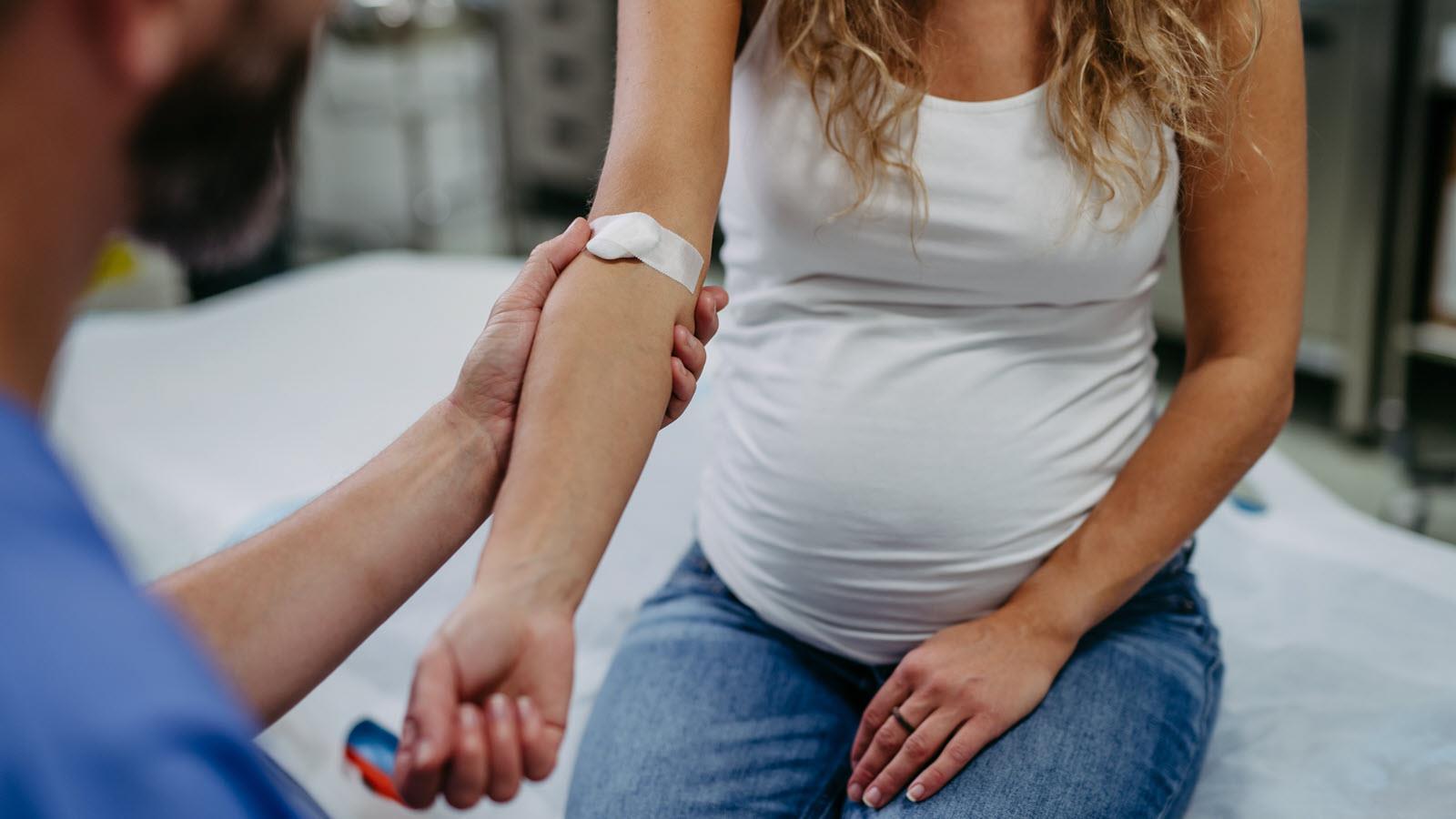Anemia affects around 2 billion people globally, about a quarter of the population, according to the Global Alliance for Patient Access (GAfPA). Women are significantly more impacted than men.
From low energy to increased risks during pregnancy, anemia can disrupt daily life in ways that often go unnoticed. For women with chronic conditions such as kidney disease or cardiovascular disease, the risk grows even greater. That’s why global health experts are calling for stronger focus on blood health—and a smarter approach to care.
At a July workshop at the European Parliament, health advocates, including the Global Alliance for Patient Access (GAfPA), highlighted the urgent need to reduce inequities in women’s access to care. Their message: Closing the gender gap in anemia will require coordinated action.
Rethinking Blood Health
To make progress, global leaders and policymakers should fund initiatives that expand Patient Blood Management (PBM) expertise, GAfPA said. The PBM approach – endorsed by the World Health Organization – preserves and safeguards a patient’s own blood while promoting patient safety and empowerment. It emphasizes education, routine screening, careful management of blood loss during medical procedures and follow-up care to prevent complications.
CSL, a leader in iron-based therapies and plasma-derived medicines, supports the adoption of PBM. In December 2024, the company joined the Blood & Beyond Alliance.
Traditionally, blood transfusions have been the go-to solution for severe cases of anemia. But PBM shifts the conversation and may improve patient outcomes, better a patient’s quality of life and reduce strain on health care systems.
GAfPA, which mobilizes physicians and patient advocates, also recommended:
- Establishing networks of reference centers to share knowledge.
- Integrating blood health into national quality-of-care frameworks.
The Hidden Toll of Anemia
The World Health Organization estimates that nearly one in three women of reproductive age, and more than one in three women who are pregnant, live with anemia. The effects can be significant: reduced energy, heavier menstrual symptoms, pregnancy complications, weakened immunity and even heart health concerns.
In many cases, the cause is iron deficiency. But anemia can also develop because of chronic illness, creating an even more complex challenge for women’s health. To learn more about blood health, read GAfPA’s Fast Facts on Chronic Disease, Anemia & Blood Health



